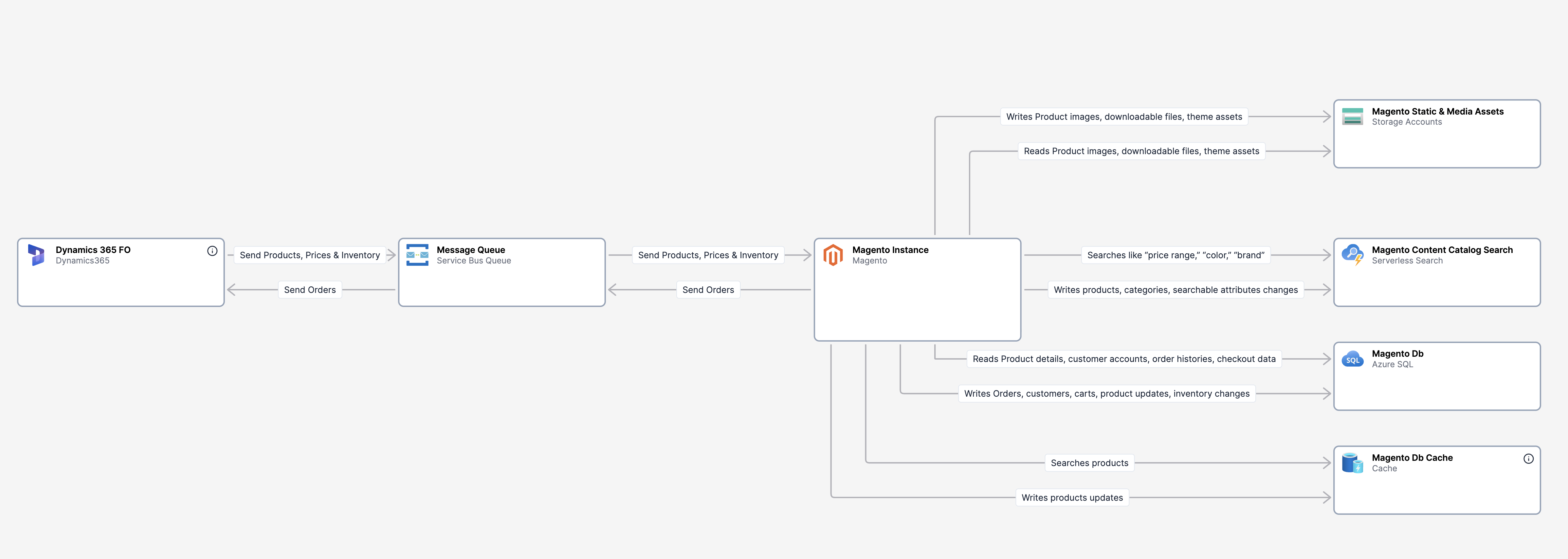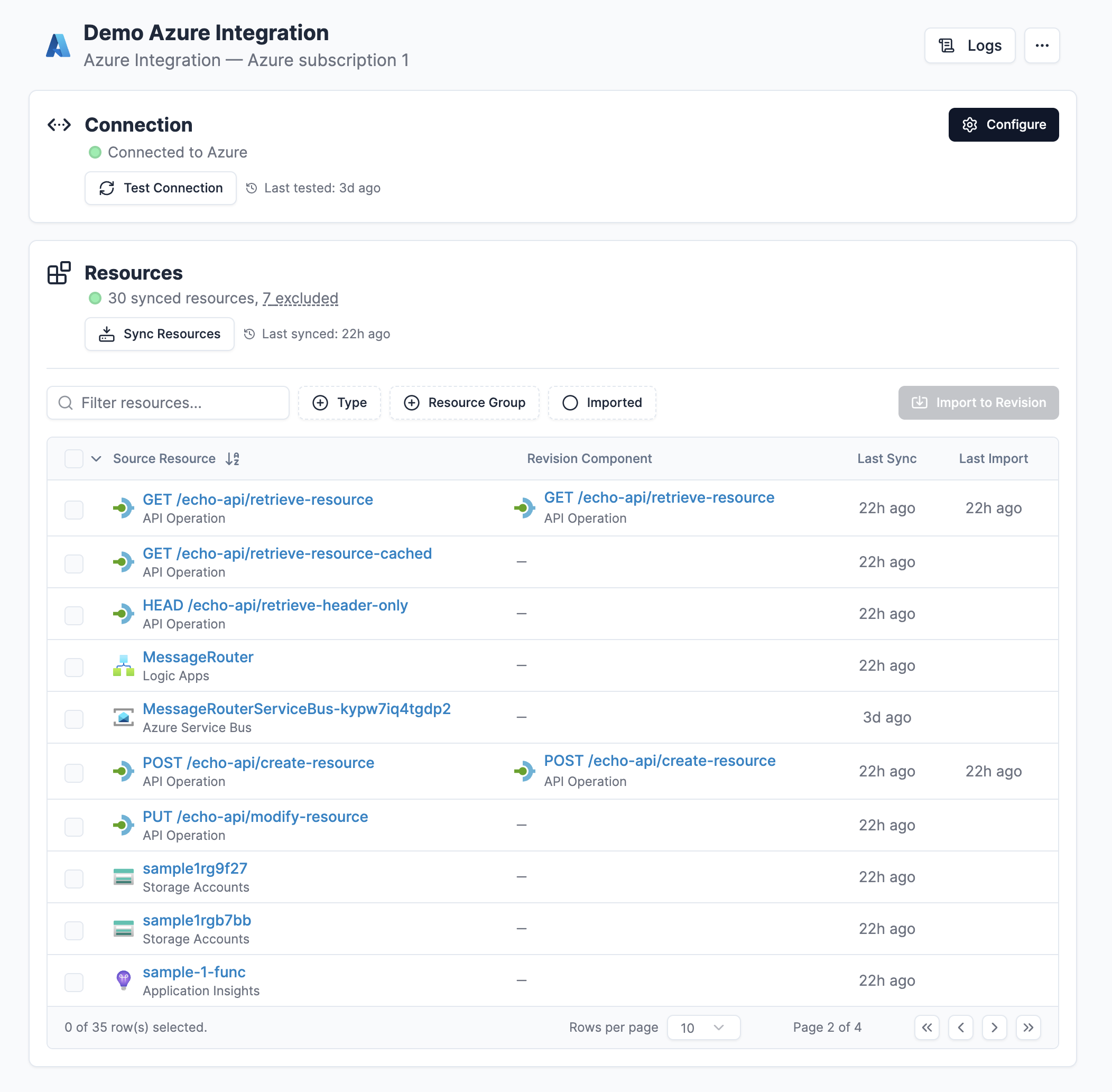How to Document Azure Solutions — The Efficient Way

Azure solutions can get complicated fast.
A simple setup that starts with a few Logic Apps and Functions soon grows into a web of Service Buses, Event Hubs, API Management instances, Data Factories, and SQL databases—all sending messages, triggering events, and running workflows across different environments.
After a few months, nobody fully understands how data actually flows through the system. You can trace it if you have enough patience (and permissions), but it’s rarely clear from the Azure Portal alone.
That’s why good documentation isn’t optional—it’s critical.
Not just for onboarding new team members, but for debugging, governance, security reviews, and architectural decisions. Without it, every change becomes a guessing game.
What good documentation actually means
When people hear “documentation,” they often think of long wiki pages or spreadsheets full of outdated details. But that’s not what good documentation looks like—especially not in the cloud.
Good documentation is:
- Up to date. If it’s not current, it’s useless.
- Focused. It captures what matters most, not every property or configuration.
- Understandable. It helps someone new see the big picture quickly.
The trick is balance. Add too little detail, and you lose context. Add too much, and it becomes a graveyard of half-accurate notes that nobody trusts.
What we really want to document are the connections and interactions between components—the parts that can’t easily be seen from within Azure itself. Things like:
- Which system publishes to a Service Bus topic
- What triggers a Logic App or Function
- How APIs are exposed through API Management
- What data moves between environments
Those relationships define how a solution actually works. And the easiest way to capture them is with clear, simple diagrams.
A good diagram instantly shows how things fit together. It tells the story of your system in seconds—something no text document can really do.
From abstract to concrete
When you first design a system, most of what you draw is abstract.
You sketch things like “Order API,” “Payment Processor,” or “Data Pipeline” without knowing the exact names or technologies yet—and that’s fine. Early diagrams are meant to explore ideas, not document details.
But once development begins, those abstract boxes become real Azure resources.
“Order API” turns into a Function App. “Data Pipeline” becomes a Data Factory. “Message Queue” is now a Service Bus topic with actual subscriptions.
That’s when your documentation needs to evolve too.
If diagrams stay abstract while the real system changes in Azure, they drift out of sync and lose relevance.
The solution is to sync your diagrams with your Azure environment.
Automating that step—and pulling in real components like Functions, Logic Apps, Service Bus topics, and APIs—keeps your documentation grounded in reality.
It’s not just about accuracy. It’s about trust.
When people know the diagrams match what’s actually deployed, they start relying on them again.

Bringing it all together with Revision’s Azure Integration
This is exactly what we’ve built into Revision.

Our Azure integration doesn’t just pull in top-level resources—it goes much deeper.
When you connect your subscription, Revision automatically imports real components from Azure, including (just to name a few):
- API Management services, with all APIs and their operations
- Service Bus topics and subscriptions
- Function Apps, Logic Apps, and Data Factories
- Storage Accounts, Application Insights, and more
And that’s only a fraction of what we can import.
Each resource becomes a living component in your model—complete with the right metadata, relationships, and up-to-date Azure icons. Everything stays consistent with what’s actually deployed.
If something changes in Azure—new APIs, renamed Functions, updated topics—just resync and Revision updates your model automatically.
No manual edits, no outdated diagrams, no guessing.
And once your Azure components are in Revision, you get all the other benefits too:
- Live image exports for reports, wikis, or presentations
- Shareable diagram links for easy collaboration
- Versioning, filtering, and attributes for deeper insight
- And a lot more to help you keep your architecture organized and alive
The result is documentation that’s always accurate, trusted, and easy to maintain—saving your team huge amounts of time and money compared to doing it manually.
If you’ve ever tried to keep Azure documentation up to date by hand, you’ll instantly see the difference.